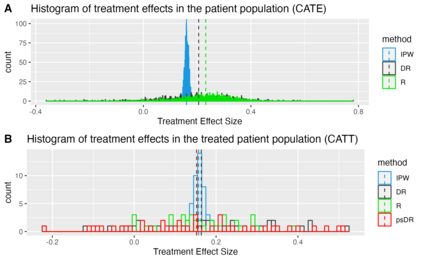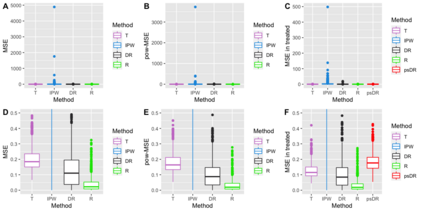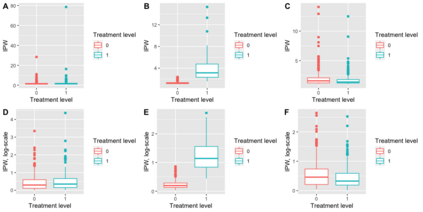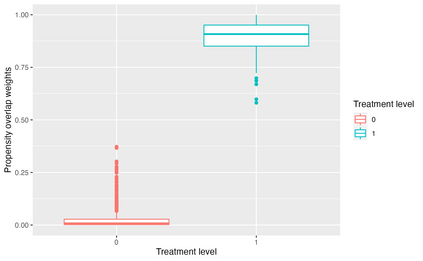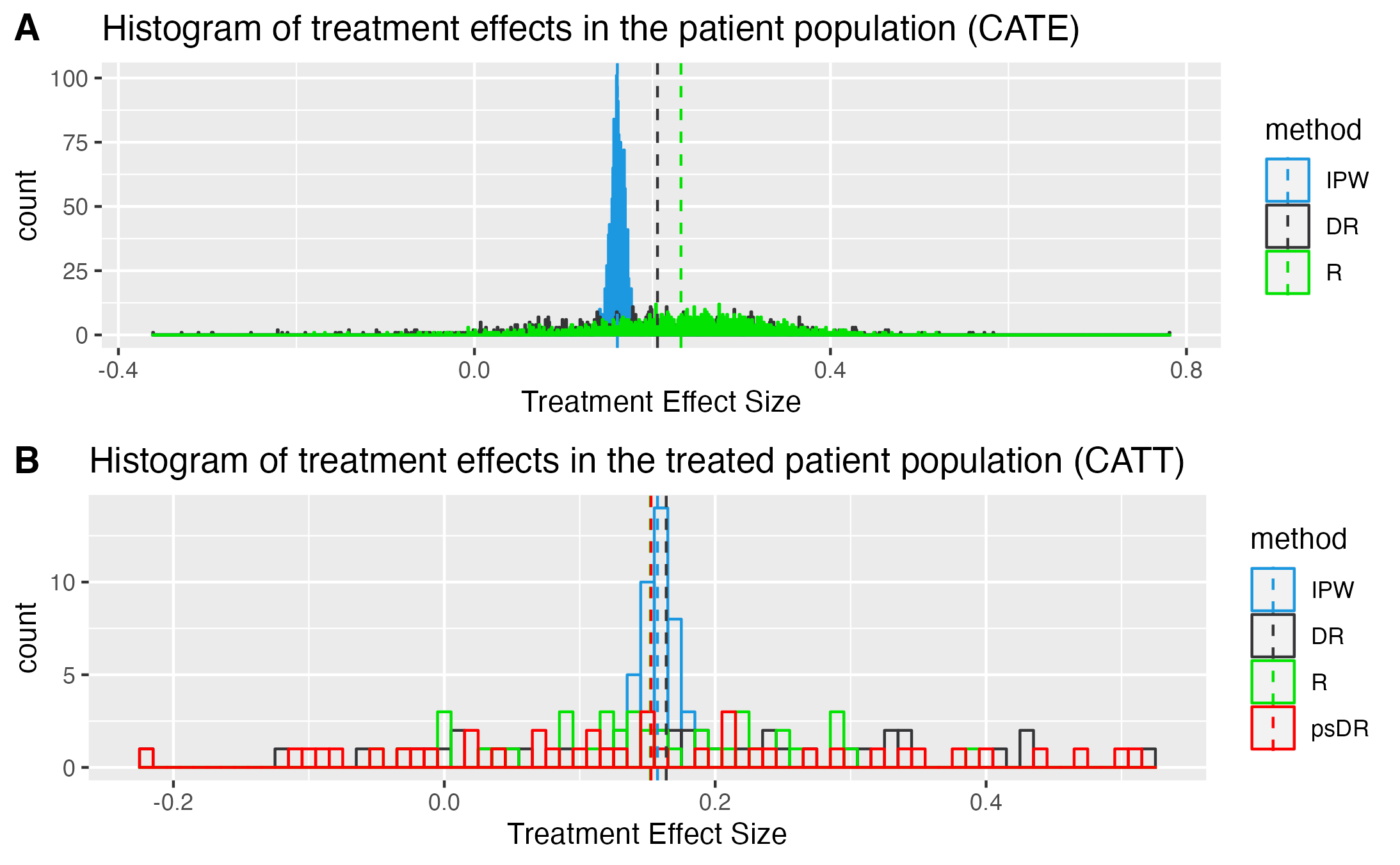Motivated by applications in personalized medicine and individualized policy making, there is a growing interest in techniques for quantifying treatment effect heterogeneity in terms of the conditional average treatment effect (CATE). Some of the most prominent methods for CATE estimation developed in recent years are T-Learner, DR-Learner and R-Learner. The latter two were designed to improve on the former by being Neyman-orthogonal. However, the relations between them remain unclear, and likewise does the literature remain vague on whether these learners converge to a useful quantity or (functional) estimand when the underlying optimization procedure is restricted to a class of functions that does not include the CATE. In this article, we provide insight into these questions by discussing DR-learner and R-learner as special cases of a general class of Neyman-orthogonal learners for the CATE, for which we moreover derive oracle bounds. Our results shed light on how one may construct Neyman-orthogonal learners with desirable properties, on when DR-learner may be preferred over R-learner (and vice versa), and on novel learners that may sometimes be preferable to either of these. Theoretical findings are confirmed using results from simulation studies on synthetic data, as well as an application in critical care medicine.
翻译:关于一类正交学习器估计异质性治疗效应的研究
翻译后的摘要:
随着应用于个体化医学和个性化政策制定的需求的增加,对于以条件平均治疗效果(CATE)为基础的异质性治疗效果量化技术的关注日益增加。在最近几年中,一些最为重要的CATE估计方法是T-Learner、DR-Learner和R-Learner。后两者旨在通过Neyman正交的方式改进前者。但是,它们之间的关系仍不清楚,文献上也没有明确说明当底层优化过程被限制在一个不包含CATE的函数类中时,这些学习器是否会收敛到一个有用的量或(函数)估计量。在本文中,我们通过讨论DR-Learner和R-Learner作为一般Neyman 正交学习器的特殊情况,为这些问题提供了启示,并且我们还推导出了oracle bound。我们的结果揭示了如何构建具有期望属性的Neyman正交学习器,以及在哪些情况下DR-Learner可能会优于R-Learner(反之亦然),以及可能比这两个学习器更可取的新学习器。通过人造数据的模拟研究结果以及在重症监护医学中的应用,验证了理论研究结果。

